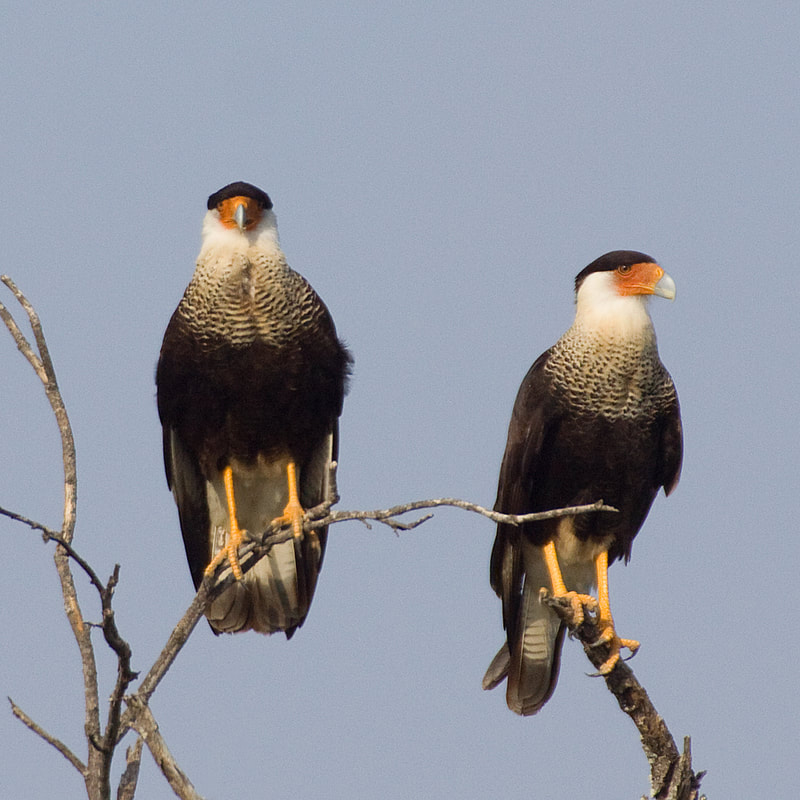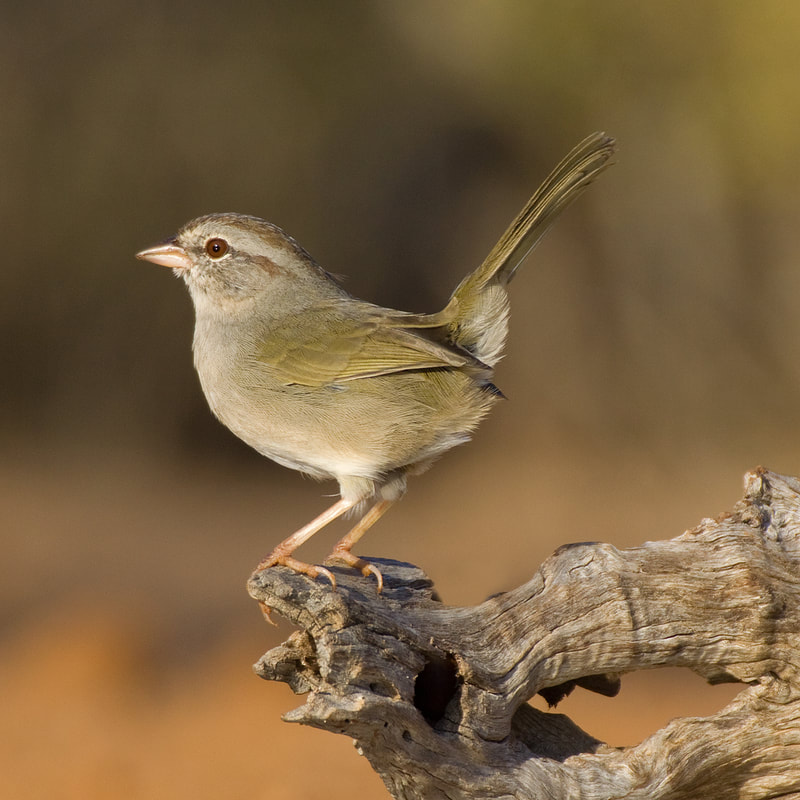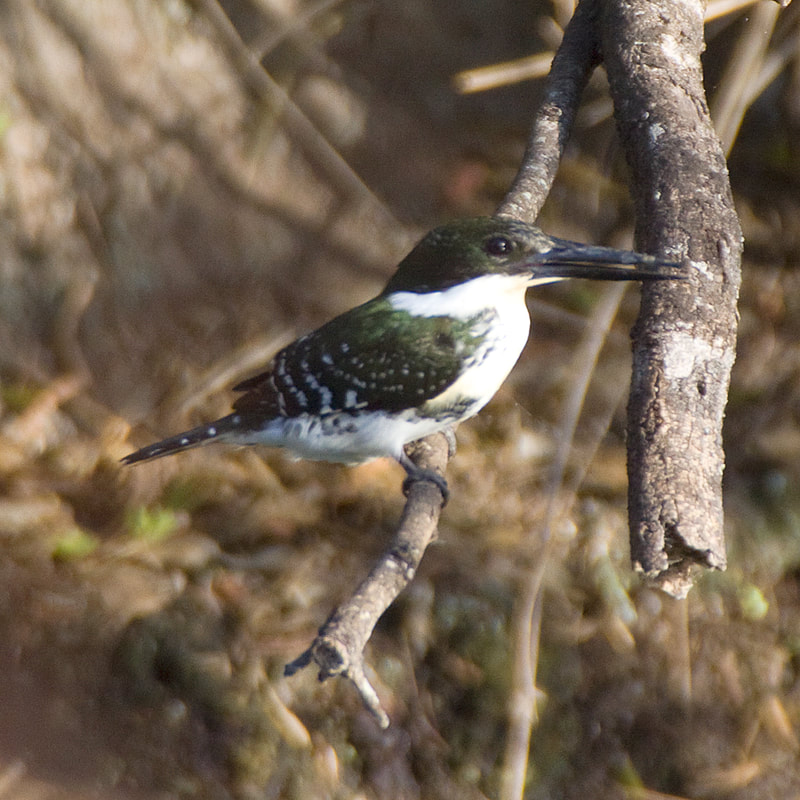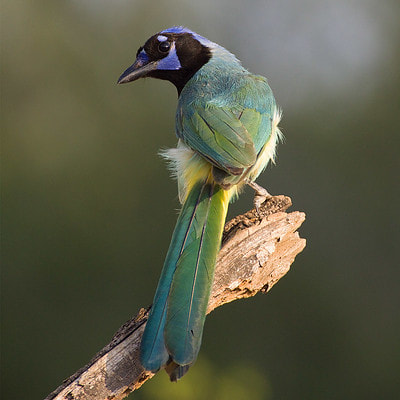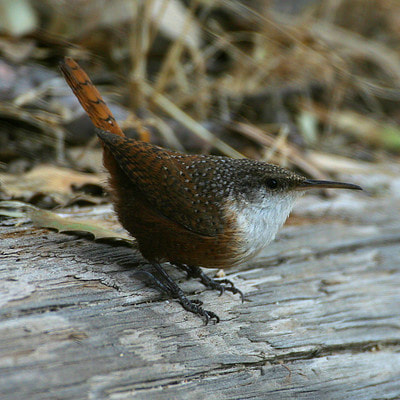Above: Great Kiskadee by Dan Vickers
Winter in the Lower Rio Grande Valley, Texas
November 15 to 20, 2021
This trip is now full. Continue with the registration process to place your name on the waiting list. We will contact you if a space opens and will collect your payment at that time. Please register for wait-listed trips separately from any other registrations or transactions to ensure your registration is processed successfully.
Georgia Audubon Host: Dottie Head,
Local Guides: Ken Blankenship and Allee Forsberg, East-West Birding Tours
Group size: Limited to 8 participants
Georgia Audubon Member Price: $1,500*
Non-member Price (includes a one-year membership): $1,550*
Single Supplement (for non-shared room): $340
*Based on double occupancy.
Please Note: Credit card processing fees are now included in the registration price.
The Lower Rio Grande Valley in Texas is one of the premiere birding hotspots in the U.S, and boasts one of the most amazing assortments of birds found in North America. With more than 500 bird species reported from the area, including residents, rarities, and migrants, the Rio Grande Valley is home to many tropical bird species found nowhere else in the U.S. The Valley is located at the convergence of two major flyways - the Central and Mississippi Flyways - and thus features an abundance of northern species migrating south for the winter and other species that will winter here to take advantage of warmer temperatures and plentiful wintering habitat. We will spread our birding out across four major zones, the coastal zone, heart of Lower Rio Grande Valley (2 parts), and the Western Zone.
Dottie Head, Director of Communications, will be our host for this trip, and we’ll partner with Ken Blankenship and Allee Forsberg of East West Birding Tours for an amazing six-day adventure.
Please contact Dottie Head by email with any questions.
Photos L to R: Altamira Oriole, Crested Caracara, Olive Sparrow. Photos by Dan Vickers.
trip overview
Click on each day for more information.
Day 1: Arrival and 1/2 day Birding
Our adventure will begin in the border town of Harlingen, Texas, near the Gulf of Mexico. (Note: Southwest Airlines has a better flight schedule to Harlingen than Delta). We'll spend the first night in Harlingen so we're prepared to take on the Coastal Zone first thing the next morning. For those arriving in time, we'll plan to bird some of the hotspots around Harlingen.
Day 2: Coastal Zone
On our first full day, we'll travel to the coastal zone to take in some coastal specialists. We'll visit South Padre Island, a crucial first landfall or last stopping point for birds preparing for the arduous journey across the Gulf of Mexico. We'll also visit Resaca de la Palma State Park, near Brownsville, the largest tract of native habitat in the World Birding Center network. Etched by ancient curves of the Rio Grande, its 1200 semi-tropical acres provide a quiet retreat from the hustle and bustle of an international urban center only a few miles away. Other potential birding stops include Laguna Atascosa NWR, Boca Chica Blvd, and Old Port Isabel Road.
Throughout the day, expect to get good looks at a variety of shorebirds, waders, gulls, terns, and, perhaps, some wintering warbler species. We'll also have the possibility of seeing White-tailed Hawks, Crested Caracara, Aplomado Falcon, Least Grebes, Green Jays, Plain Chachalacas, White-tipped Doves, Olive Sparrow, Great Kiskadee, Black Phoebe, Green Kingfisher, and more. That evening, we'll travel to the Lower Rio Grand Valley where we'll enjoy accommodations at the Alamo Inn. We'll spend two nights here as we explore the Lower Rio Grande Valley.
Throughout the day, expect to get good looks at a variety of shorebirds, waders, gulls, terns, and, perhaps, some wintering warbler species. We'll also have the possibility of seeing White-tailed Hawks, Crested Caracara, Aplomado Falcon, Least Grebes, Green Jays, Plain Chachalacas, White-tipped Doves, Olive Sparrow, Great Kiskadee, Black Phoebe, Green Kingfisher, and more. That evening, we'll travel to the Lower Rio Grand Valley where we'll enjoy accommodations at the Alamo Inn. We'll spend two nights here as we explore the Lower Rio Grande Valley.
Days 3 & 4: Heart of Lower Rio Grand Valley
On days three and four, we'll travel into the heart of the Lower Rio Grande Valley and base ourselves out of Alamo, Texas.
Among the spots we'll visit are the Frontera Audubon Center, a 15-acre nature preserve in the heart of the City of Weslaco, providing a haven for birds, butterflies and other wildlife that thrive among the native habitats of Tamaulipan Thornscrub forest, orchard butterfly garden, wetlands, and ponds. We will also visit the Bentsen-Rio Grande Valley State Park and World Birding Center. Birders across the nation know Bentsen as a treasure trove of "Valley Specialties" or tropical birds found nowhere else in the U.S. The 797-acre Bentsen-Rio Grande Valley State Park, together with over 1,200 acres of adjoining U.S. Fish and Wildlife refuge tracts, is a magnet for the many regional bird species that make south Texas famous. Green Jays and Plain Chachalacas.
Based on eBird reports, we will choose from destinations among the following hotspots, including Santa Ana National Wildlife Refuge, Anzalduas County Park, Estero Llano Grande SP, Edinburgh Scenic Wetlands, and/or Quinta Mazatlan.
We'll be hoping to see Least Grebes, Green Jays, Plain Chachalacas, White-tipped Doves, wintering warblers, Olive Sparrows, Great Kiskadees, Black Phoebes, Green Kingfishers, Ringed Kingfishers, Common Pauraques, Inca Doves, Altamira Orioles, Zone-tailed Hawks, Sprague’s Pipits, Fulvous & Black-bellied Whistling Ducks, American Avocets, Long-billed Dowitchers, Black-necked Stilts, Clay-colored Thrushes, Buffbellied Hummingbirds, Green Parakeets, Red-crowned Parrots, Northern Beardless-Tyrannulets and more.
Some semi-annual rarities are also possible in this zone, including Rose-throated Becard, Golden-crowned Warbler, Blue Bunting, Crimson-collared Grosbeak, Rufous-backed Robin, Tropical Parula
Among the spots we'll visit are the Frontera Audubon Center, a 15-acre nature preserve in the heart of the City of Weslaco, providing a haven for birds, butterflies and other wildlife that thrive among the native habitats of Tamaulipan Thornscrub forest, orchard butterfly garden, wetlands, and ponds. We will also visit the Bentsen-Rio Grande Valley State Park and World Birding Center. Birders across the nation know Bentsen as a treasure trove of "Valley Specialties" or tropical birds found nowhere else in the U.S. The 797-acre Bentsen-Rio Grande Valley State Park, together with over 1,200 acres of adjoining U.S. Fish and Wildlife refuge tracts, is a magnet for the many regional bird species that make south Texas famous. Green Jays and Plain Chachalacas.
Based on eBird reports, we will choose from destinations among the following hotspots, including Santa Ana National Wildlife Refuge, Anzalduas County Park, Estero Llano Grande SP, Edinburgh Scenic Wetlands, and/or Quinta Mazatlan.
We'll be hoping to see Least Grebes, Green Jays, Plain Chachalacas, White-tipped Doves, wintering warblers, Olive Sparrows, Great Kiskadees, Black Phoebes, Green Kingfishers, Ringed Kingfishers, Common Pauraques, Inca Doves, Altamira Orioles, Zone-tailed Hawks, Sprague’s Pipits, Fulvous & Black-bellied Whistling Ducks, American Avocets, Long-billed Dowitchers, Black-necked Stilts, Clay-colored Thrushes, Buffbellied Hummingbirds, Green Parakeets, Red-crowned Parrots, Northern Beardless-Tyrannulets and more.
Some semi-annual rarities are also possible in this zone, including Rose-throated Becard, Golden-crowned Warbler, Blue Bunting, Crimson-collared Grosbeak, Rufous-backed Robin, Tropical Parula
Day 5: Western Zone
On Day 5, we'll travel to Rio Grande City to take advantage of some western birding. We'll make a stop at Falcon State Park and Dam, a 573-acre tract that lies at the southern end of the Falcon International Reservoir, partly in Starr County, partly in Zapata County. Its Tamaulipan thornscrub woodlands and gently rolling terrain offer excellent birding along the RIo Grande River. Resident species such as Green Jay, Great Kiskadee, Greater Roadrunner, Bewick’s Wren, Verdin, Curve-billed Thrasher, Pyrrhuloxia, Olive Sparrow and Black-throated Sparrow are often easily seen. Specialties such as Zone-tailed Hawk, Ringed Kingfisher, and Black-tailed Gnatcatcher might also be found.
Other destinations include Salineño Wildlife Preserve and Starr County Park. Our target species will include Audubon’s/Altamira/Hooded Orioles, Clay-colored Thrush, three kingfisher species: Ringed, Belted and Green, Morelet’s Seedeater, wild Muscovy Ducks, Red-billed Pigeons, Black-throated Sparrows, Pyrrhuloxias, Lark Sparrows, Olive Sparrows, Cactus Wrens, Curve-billed Thrashers, Osprey, and more.
Other destinations include Salineño Wildlife Preserve and Starr County Park. Our target species will include Audubon’s/Altamira/Hooded Orioles, Clay-colored Thrush, three kingfisher species: Ringed, Belted and Green, Morelet’s Seedeater, wild Muscovy Ducks, Red-billed Pigeons, Black-throated Sparrows, Pyrrhuloxias, Lark Sparrows, Olive Sparrows, Cactus Wrens, Curve-billed Thrashers, Osprey, and more.
Day 6: 1/2 day birding and departure
We'll wrap up our trip in the Western Zone hitting any of the hot spots we missed on Day 5, before traveling to the airport for the flight home.
Additional Details
Price includes:
Price does not include:
Payment Plan:
Participants may pay in full by choosing the Georgia Audubon Member or Non-Member price. For those who wish to pay in two installments, we will accept a $750 down-payment at the time of registration. Payment in full will be due by August 1, 2021 . The single supplement will also be billed at this time if that option was selected.
Tour Lodging:
We will spend nights 1 and 5 at the Holiday Inn Express in Harligen, Texas. This hotel has a complimentary airport shuttle that we will use to travel to and from the airport. Nights 2 and 3 will be spent in Weslaco, and we will spend Night 4 in Rio Grandy City. **Depending on group construction, single travelers may be forced to pay a single supplement. All efforts will be made to pair individuals to avoid this expense though it cannot be guaranteed. Impacted travelers, should they decide to cancel, will be reimbursed following the cancellation policy below.
COVID-19 Travel Precautions:
As of May 2021, all participants in the Georgia Audubon Travel Program must be fully vaccinated against COVID-19 at the time of their travel date. According to the CDC, individuals are considered fully vaccinated when they are at least two weeks past the 2nd dose of the Moderna or Pfizer vaccine or at least two weeks past the single dose of the Johnson & Johnson vaccine. Georgia Audubon may verify participants' vaccination status at least two weeks prior to the travel dates. Participants will also be expected to adhere to all local travel guidelines and restrictions at the destination at the time of travel. If you are unable or unwilling to comply with the COVID-19 travel precautions, please do not register for this event at this time.
Cancellation Policy:
If notice of cancellation by the participant is received by June 30, 2021 , a refund of all payments (less a $100 cancellation fee) made will be given. If notice of cancellation is received between July 1 and August 1, 2021, a 50% refund of the tour fee will be given. Thereafter, all deposits and payments are non-refundable unless the space(s) can be filled. In the event of tour cancellation due to weather, strike, war, quarantine, or other unforeseen emergency situation, a 100% refund will be given, less any expenses incurred by the tour operator.
Travel Insurance:
We recommend purchasing travel insurance in case you must make an unforeseen trip cancellation past our refund period. Check with your own insurance carrier or consider a travel insurance specialist.
Weather, Pace, & Packing Considerations:
November is an ideal month in which to visit the Lower Rio Grand Valley. Temperatures are generally mild with November highs generally in the 70s and nighttime lows in the 50s, with dry and sometimes windy conditions. Keep an eye on the weather forecast for the area as the trip approaches. Light layers are suggested and a hat is a must. Bring sunscreen and bug repellant just in case. This trip will not require strenuous hiking. Hikes will be slow and on level ground. There may be some spots that are muddy, uneven, and slippery. Sturdy footwear for walking is strongly advised, and you may also wish to bring Tevas/Chacos/Keens for walking on the beach. Bring an appetite for Tex/Mex Cuisine!
- Accommodations in all destinations (double room). A non-shared room is available for an additional fee. *
- Van transportation
- Five hotel nights with breakfast provided
- All lunches and dinners
- Two half-day guided field trips and admission to hotspots
- Four full-day guided field trips and admission to hotspots
Price does not include:
- Airfare
- Tips (for the guide, housekeeping)
- Alcoholic or specialty beverages
- Snacks
- Travel Insurance
- Medical Costs
- Souvenirs
- Other incidentals that participants may wish to purchase
Payment Plan:
Participants may pay in full by choosing the Georgia Audubon Member or Non-Member price. For those who wish to pay in two installments, we will accept a $750 down-payment at the time of registration. Payment in full will be due by August 1, 2021 . The single supplement will also be billed at this time if that option was selected.
Tour Lodging:
We will spend nights 1 and 5 at the Holiday Inn Express in Harligen, Texas. This hotel has a complimentary airport shuttle that we will use to travel to and from the airport. Nights 2 and 3 will be spent in Weslaco, and we will spend Night 4 in Rio Grandy City. **Depending on group construction, single travelers may be forced to pay a single supplement. All efforts will be made to pair individuals to avoid this expense though it cannot be guaranteed. Impacted travelers, should they decide to cancel, will be reimbursed following the cancellation policy below.
COVID-19 Travel Precautions:
As of May 2021, all participants in the Georgia Audubon Travel Program must be fully vaccinated against COVID-19 at the time of their travel date. According to the CDC, individuals are considered fully vaccinated when they are at least two weeks past the 2nd dose of the Moderna or Pfizer vaccine or at least two weeks past the single dose of the Johnson & Johnson vaccine. Georgia Audubon may verify participants' vaccination status at least two weeks prior to the travel dates. Participants will also be expected to adhere to all local travel guidelines and restrictions at the destination at the time of travel. If you are unable or unwilling to comply with the COVID-19 travel precautions, please do not register for this event at this time.
Cancellation Policy:
If notice of cancellation by the participant is received by June 30, 2021 , a refund of all payments (less a $100 cancellation fee) made will be given. If notice of cancellation is received between July 1 and August 1, 2021, a 50% refund of the tour fee will be given. Thereafter, all deposits and payments are non-refundable unless the space(s) can be filled. In the event of tour cancellation due to weather, strike, war, quarantine, or other unforeseen emergency situation, a 100% refund will be given, less any expenses incurred by the tour operator.
Travel Insurance:
We recommend purchasing travel insurance in case you must make an unforeseen trip cancellation past our refund period. Check with your own insurance carrier or consider a travel insurance specialist.
Weather, Pace, & Packing Considerations:
November is an ideal month in which to visit the Lower Rio Grand Valley. Temperatures are generally mild with November highs generally in the 70s and nighttime lows in the 50s, with dry and sometimes windy conditions. Keep an eye on the weather forecast for the area as the trip approaches. Light layers are suggested and a hat is a must. Bring sunscreen and bug repellant just in case. This trip will not require strenuous hiking. Hikes will be slow and on level ground. There may be some spots that are muddy, uneven, and slippery. Sturdy footwear for walking is strongly advised, and you may also wish to bring Tevas/Chacos/Keens for walking on the beach. Bring an appetite for Tex/Mex Cuisine!
Photos L to R: Green Kingfisher, Green Jay, Canyon Wren. Photos by Dan Vickers.


